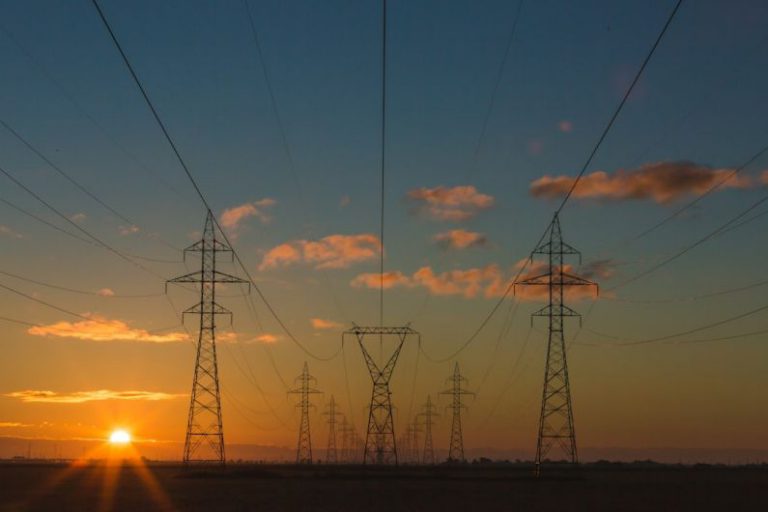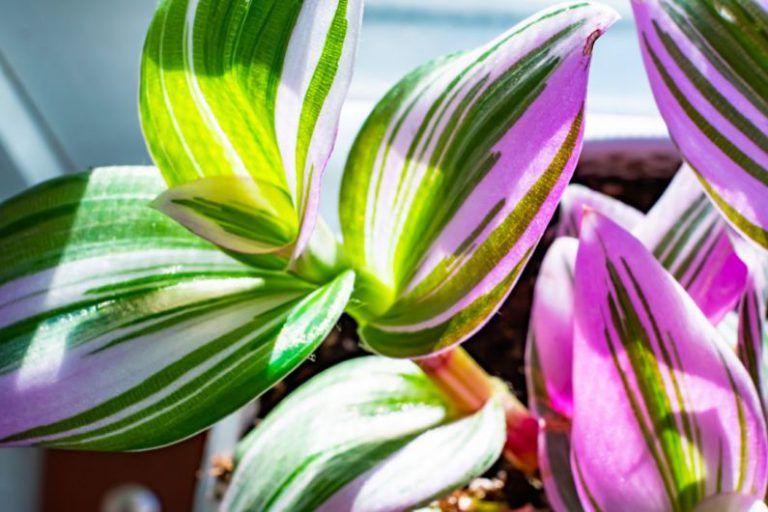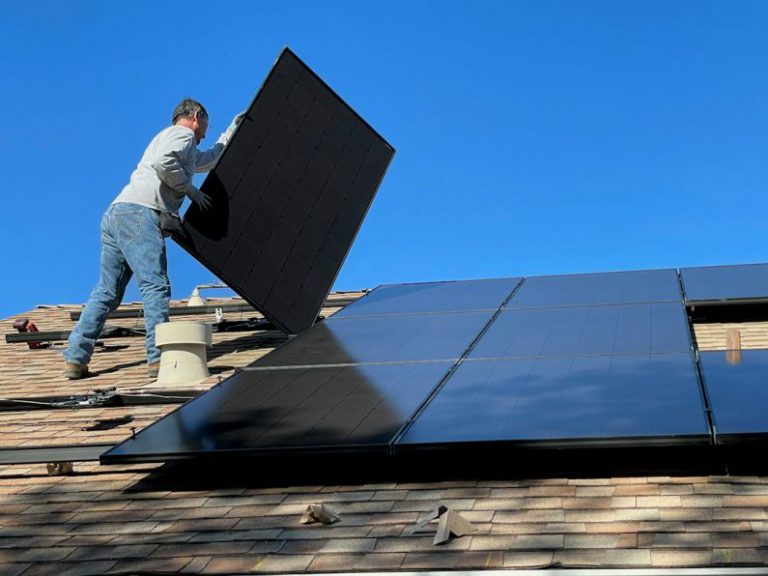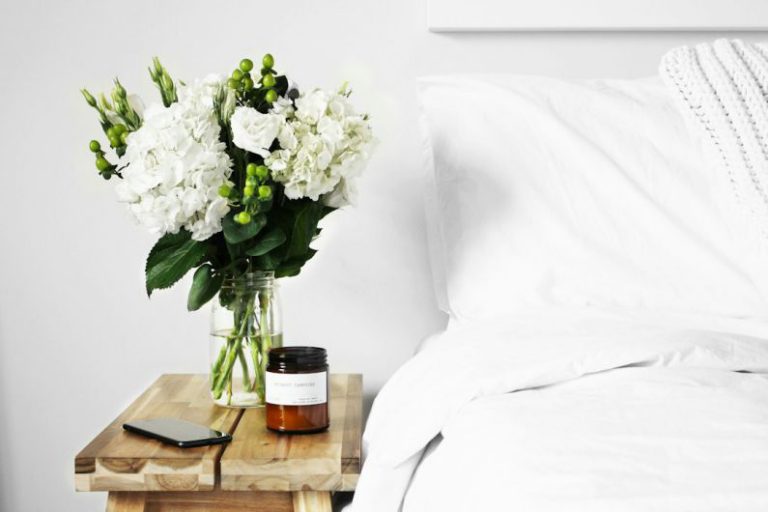How to Create a Pollinator-friendly Garden?
Creating a pollinator-friendly garden is not only beneficial for the environment but also adds beauty and interest to your outdoor space. By providing a habitat for pollinators such as bees, butterflies, and birds, you can help support their populations and contribute to the overall health of the ecosystem. Here are some tips on how to create a pollinator-friendly garden.
Choose Native Plants
One of the most important steps in creating a pollinator-friendly garden is to choose native plants. Native plants are adapted to the local climate and soil conditions, making them more attractive to native pollinators. They also provide a source of nectar and pollen that these pollinators rely on for food. Research which native plants are best suited for your region and incorporate them into your garden.
Create a Variety of Blooms
To attract a diverse range of pollinators, it’s important to provide a variety of blooms throughout the growing season. Different pollinators are attracted to different types of flowers, so having a mix of colors, shapes, and sizes will help ensure that your garden appeals to a wide range of pollinators. Plan your garden to have flowers blooming from early spring to late fall to provide a continuous food source for pollinators.
Plant in Clusters
When planting your garden, it’s best to plant flowers in clusters rather than scattering them around. Clusters of flowers make it easier for pollinators to find and navigate through your garden. This also allows them to efficiently collect nectar and pollen, increasing the chances of successful pollination. Aim for groups of at least three to five plants of the same species to create attractive and functional clusters.
Provide Water Sources
In addition to nectar and pollen, pollinators also need water to thrive. Provide shallow water sources such as birdbaths, shallow dishes, or small ponds for pollinators to drink from and cool down. Be sure to keep the water clean and change it regularly to prevent the spread of diseases.
Avoid Pesticides
Pesticides, including insecticides and herbicides, can be harmful to pollinators. Avoid using these chemicals in your garden to create a safe and welcoming environment for pollinators. Instead, use organic methods to control pests and weeds, such as handpicking insects or using natural pest repellents. Integrated pest management strategies can also help minimize the need for pesticides.
Create Shelter and Nesting Sites
Pollinators need shelter and nesting sites to rest, hide from predators, and raise their young. Incorporate features such as shrubs, trees, and tall grasses into your garden to provide shelter for pollinators. Dead wood, hollow stems, and rock piles can also serve as nesting sites for bees and other insects. Creating a diverse habitat with different levels of vegetation will attract a wider range of pollinators.
Maintain Your Garden
Once you have created a pollinator-friendly garden, it’s important to maintain it. Regularly remove weeds, dead plants, and debris to keep your garden healthy and attractive to pollinators. Prune plants as needed and provide support for taller plants to prevent them from falling over. By taking care of your garden, you are ensuring that it remains a welcoming space for pollinators.
In conclusion, creating a pollinator-friendly garden is a rewarding and beneficial endeavor. By choosing native plants, providing a variety of blooms, planting in clusters, providing water sources, avoiding pesticides, creating shelter and nesting sites, and maintaining your garden, you can help support pollinators and contribute to the health of the ecosystem. Start creating your pollinator-friendly garden today and enjoy the beauty and benefits it brings.






